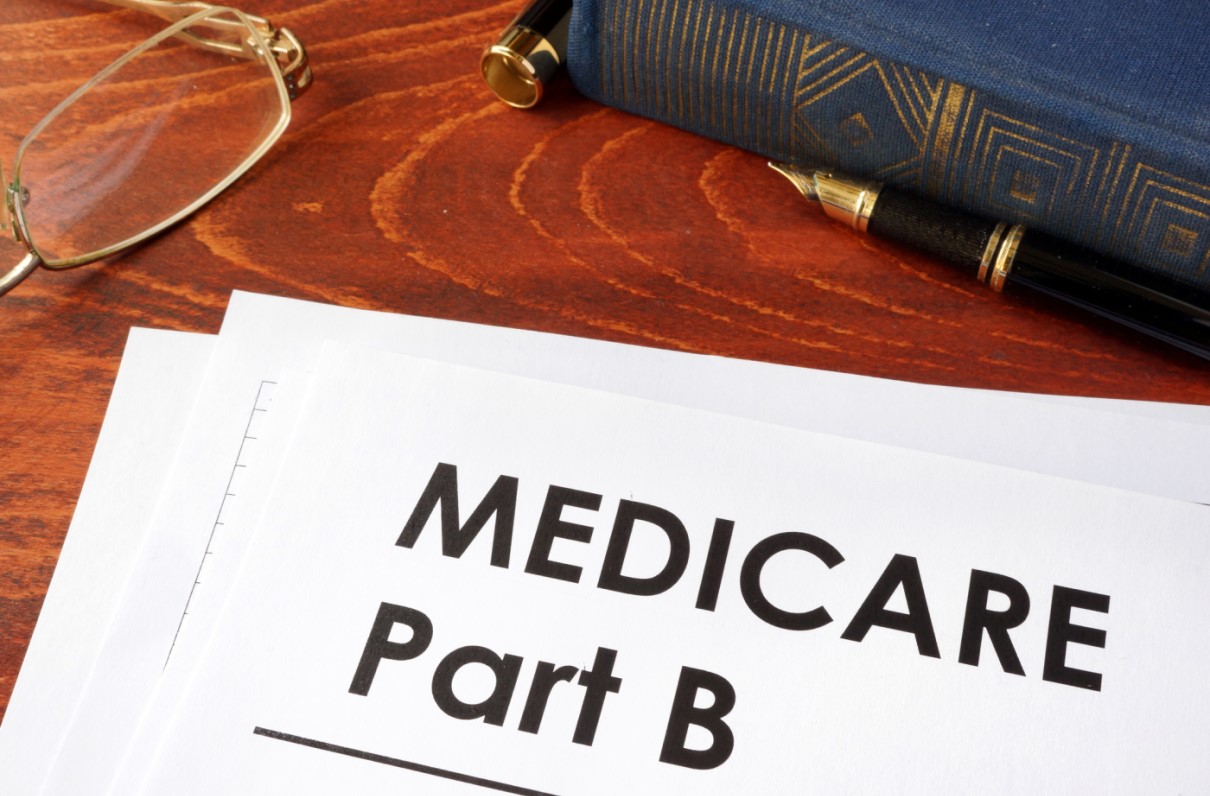While Medicare Part B premiums for 2023 won’t be announced until the fall, it’s likely beneficiaries could see a payment reduction, or, at the very least, an increase far smaller than the double-digit spike experienced in 2022.
But beneficiaries don’t all pay the same premium – Medicare sets its overall cost using the Income Related Monthly Adjustment Amount (IRMAA), which is added to the base Medicare Part B premium for higher income levels. In 2022, for example, those with a modified adjusted gross income (MAGI) of less than $91,000 ($182,000 for couples filing joint tax returns) paid a $170.10 monthly premium, while those in higher income brackets paid up to $578.30 a month. The full chart is available at this link.
Beneficiaries’ 2022 IRMAA figures were calculated using MAGI from tax year 2020, when available. Next year’s figures will rely on income levels from the 2021 tax year.
This could prove problematic for beneficiaries who’ve seen a downward income swing between their 2021 taxes and present day. Some beneficiaries may have left a post-service job and now rely solely on military retirement pay. Others may have experienced a one-time increase in income during the 2021 tax year, leading to a higher-than-usual MAGI … and higher-than-expected Part B premiums.
[RELATED: Considering a New Credit Card Rewards Program? Read This First]
Those in one of the above situations, or similar, can appeal to the Social Security Administration to have their premium lowered to match current income levels, a process known as requesting a new initial determination. Form SSA-44 covers this appeal for income reductions connected to life-changing events, to include:
- Marriage, divorce, or death of a spouse.
- Work stoppage or reduction.
- Loss of income-producing property due to disease, fraud, theft, or natural disaster.
- Loss of pension income.
- Employee settlement payment.
Applicants must provide documentation outlining the change in income, either in person with a Social Security Administration employee or in submitting the form via mail to their local Social Security office; get more information on your office at (800) 772-1213 or via the administration’s online field office locator.
Some beneficiaries may have amended their tax return after the Social Security Administration calculated their IRMAA, resulting in an inaccurate figure. You may need to provide the administration with the amended form to secure a correction; visit this website for more details on the process.
The Smart Money’s on MOAA
Making sound financial decisions is not always as simple as we would like. PREMIUM and LIFE members can access MOAA's Financial Planning Guide, as well as speak with a MOAA financial expert for additional assistance.

